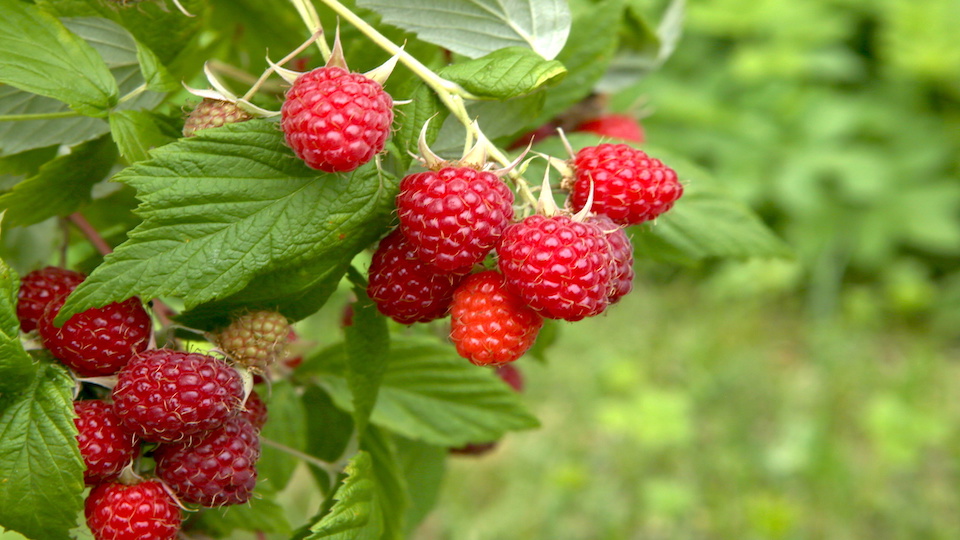Growing fruit is easier than it sounds, even in a limited space. There are several types of fruit that can be grown in pots. Container-grown fruit allows you to have a little orchard even if your outdoor space is limited to a patio or balcony. And, you can bring the pot in for the winter if you choose a fruit that is not hardy. Check out the best fruit varieties to grow in containers and some tips on how to get a good harvest.
Fruits for Containers
Fruit trees are generally pretty big, but many come in dwarf varieties. These are fruit trees that are grafted onto a dwarf root stock to keep the size down to anywhere between six and 12 feet tall. When choosing a dwarf tree, look for one that is on the smaller side, and if your space is really limited, be prepared to prune it regularly to keep it small like a shrub.
For very limited space, choose a dwarf fruit tree that does not need a second tree for pollination. If you only have room for one, pick a tart cherry, peach, nectarine, citrus, or apricot tree, which are self-pollinating fruits. You may also come across pillar fruit trees. These are trees designed to be tall and narrow, which would give you more room to grow two varieties of apple, sweet cherry, or pear for pollination.
Alternatives to trees are fruits that grow on vines or as shrubs, or are just smaller:
- Try blueberries, blackberries, or raspberries, which grow as shrubs or brambles and can be kept small or even purchased as half-size varieties.
- Strawberries are more of a groundcover and do well in containers.
- Vines like grapes, kiwi, or passionfruit are great as long as you have something for the vine to climb.
- Pineapple also grows small and will adapt to a container; just keep in mind it will need to go inside for winter if you are not in a tropical climate.
How to Grow Fruit in a Pot
First, get to know your fruit. Learn the particulars of what the fruit you’ve selected needs in terms of soil, sunlight, water, and temperatures. For instance, your cherry tree may be just fine in your local climate and will overwinter nicely on a back patio, while a passionfruit vine may only work if you have mild weather year round or can grow on an enclosed porch.
- Choose the right container. Once you have selected a fruit or two, the next choice is for the right pot. Bigger is generally better, so go with a pot that is at least five gallons, up to 20 gallons. Make sure it has drainage holes in the bottom.
- Use potting soil. Don’t dig out garden soil to use in containers, as you may be introducing pests and diseases. Instead, choose a high-quality potting soil and mix in some peat moss to lighten it and compost to add nutrients.
- Water regularly. Potted fruit plants need more regular watering than those in the ground, especially in the first year. Keep soil moist through the growing seasons and reduce watering at the start of fall and through the winter.
- Fertilize. If you add compost at planting, no fertilizer is necessary initially. Use a light liquid fertilizer about once a month from early spring through summer.
- Keeping potted fruit warm. Some fruits obviously need to come inside for the colder months, like tropical plants. But even your cold-hardy fruit trees can suffer in winter because they lack the accumulated warmth of soil in the ground. If your winters get pretty cold, put pots on a covered porch or sunroom or in a garage or shed.
- Pruning and training. Trees and shrubs will need to be pruned at least once a year to remove dead branches, to thin branches for airflow, and to maintain an appropriate size and shape. Do this in late winter when the plant is still dormant. For vines, you may trim a little here and there, but make sure it is growing successfully on its trellis.
Growing fruit in a container is a great idea for anyone with limited garden space. You can enjoy a nice harvest from a few, or even just one, fruit plant, whether it’s a tree, vine, or shrub.
-Mary Ellen Ellis



